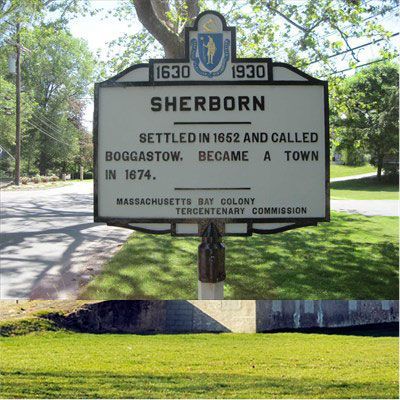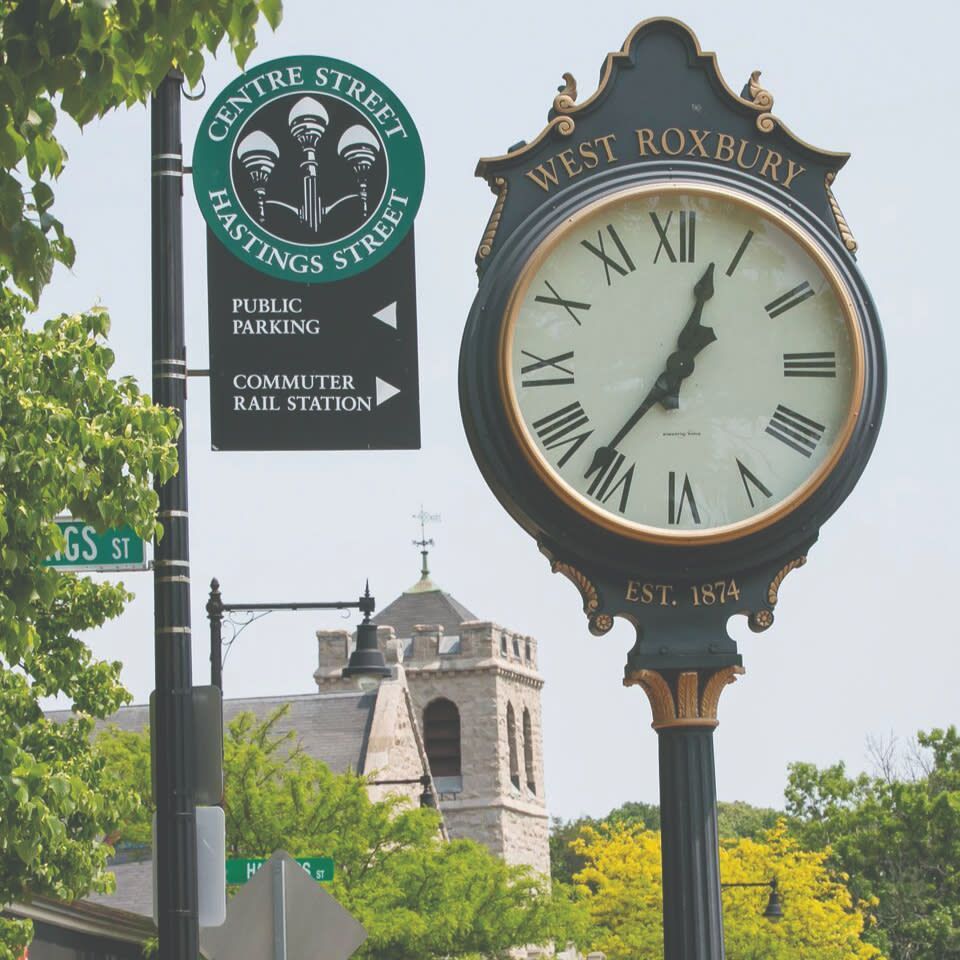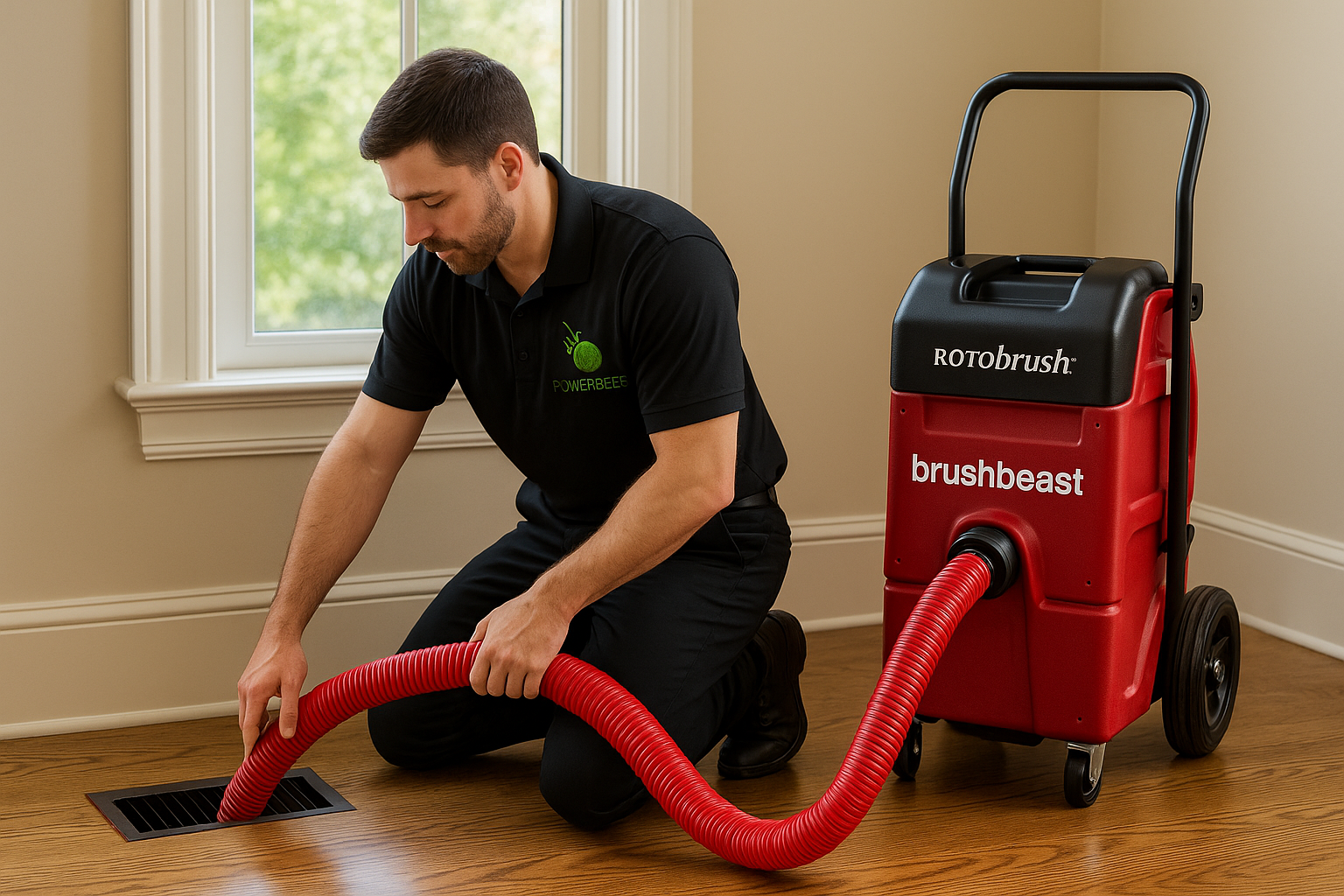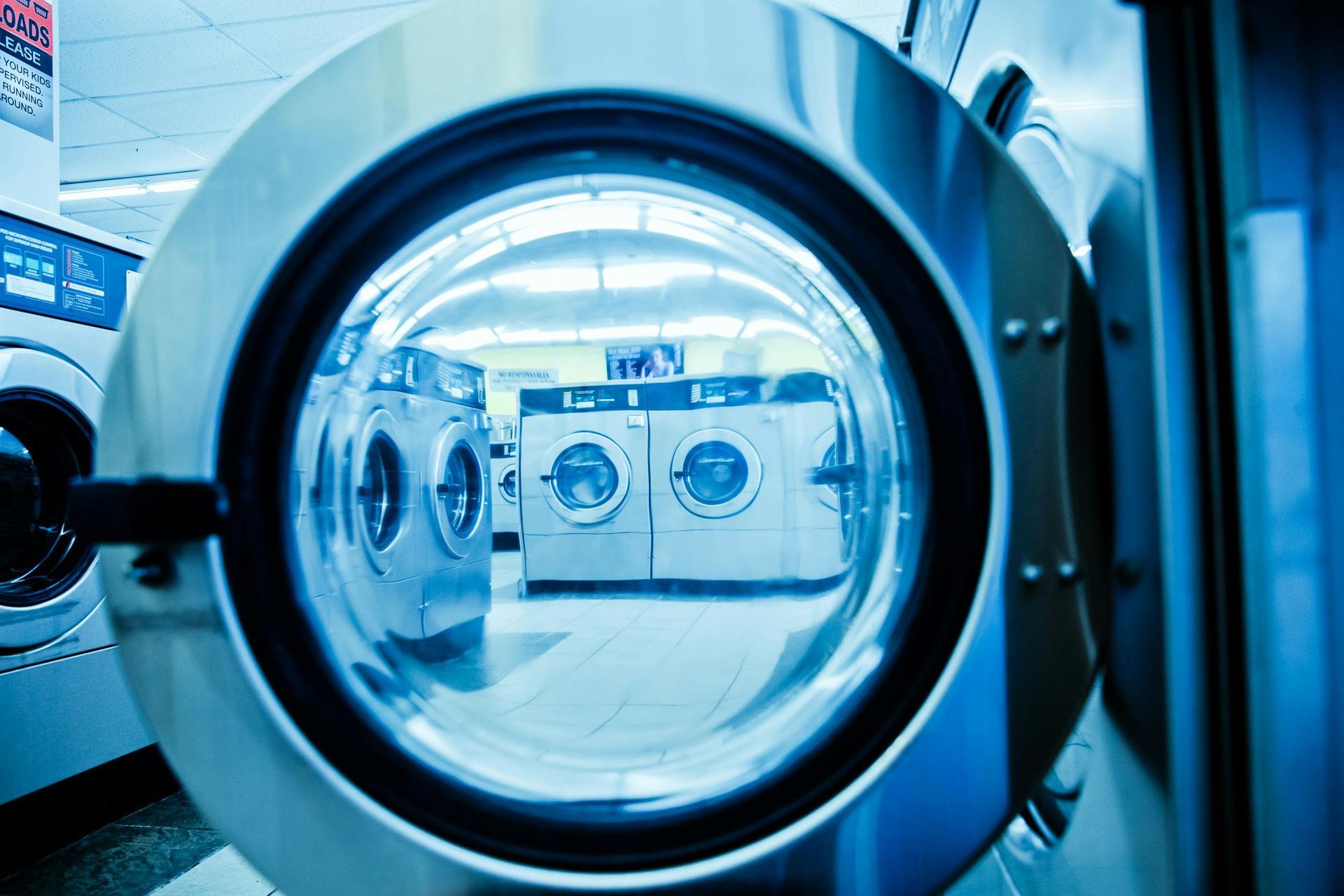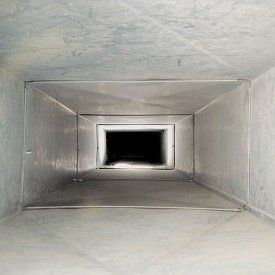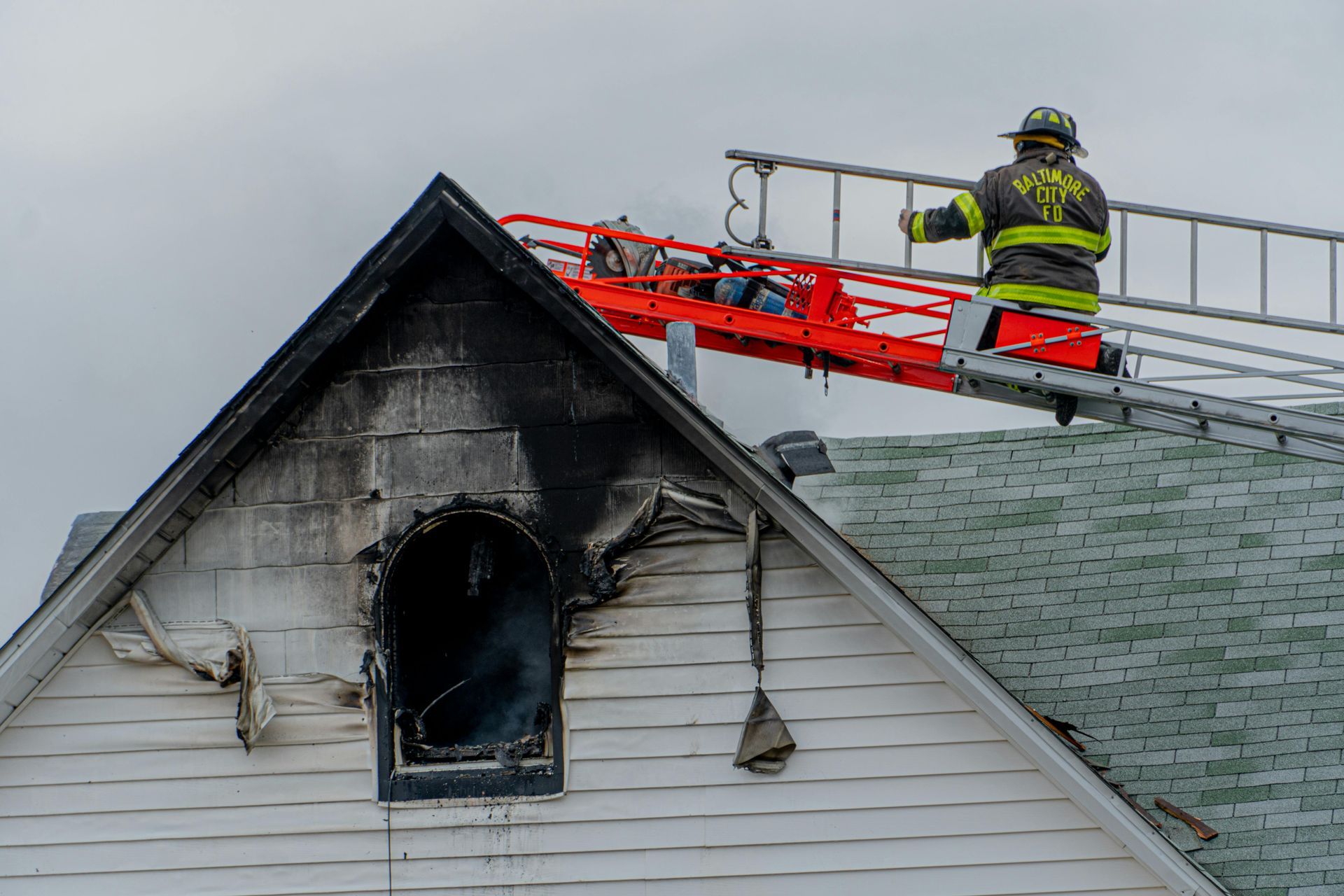Mold in the Attic: How One North Andover Family Discovered a Hidden Threat to Indoor Air Quality
Mold Testing Uncovers Hidden Health Risks in North Andover Gambrel Colonial
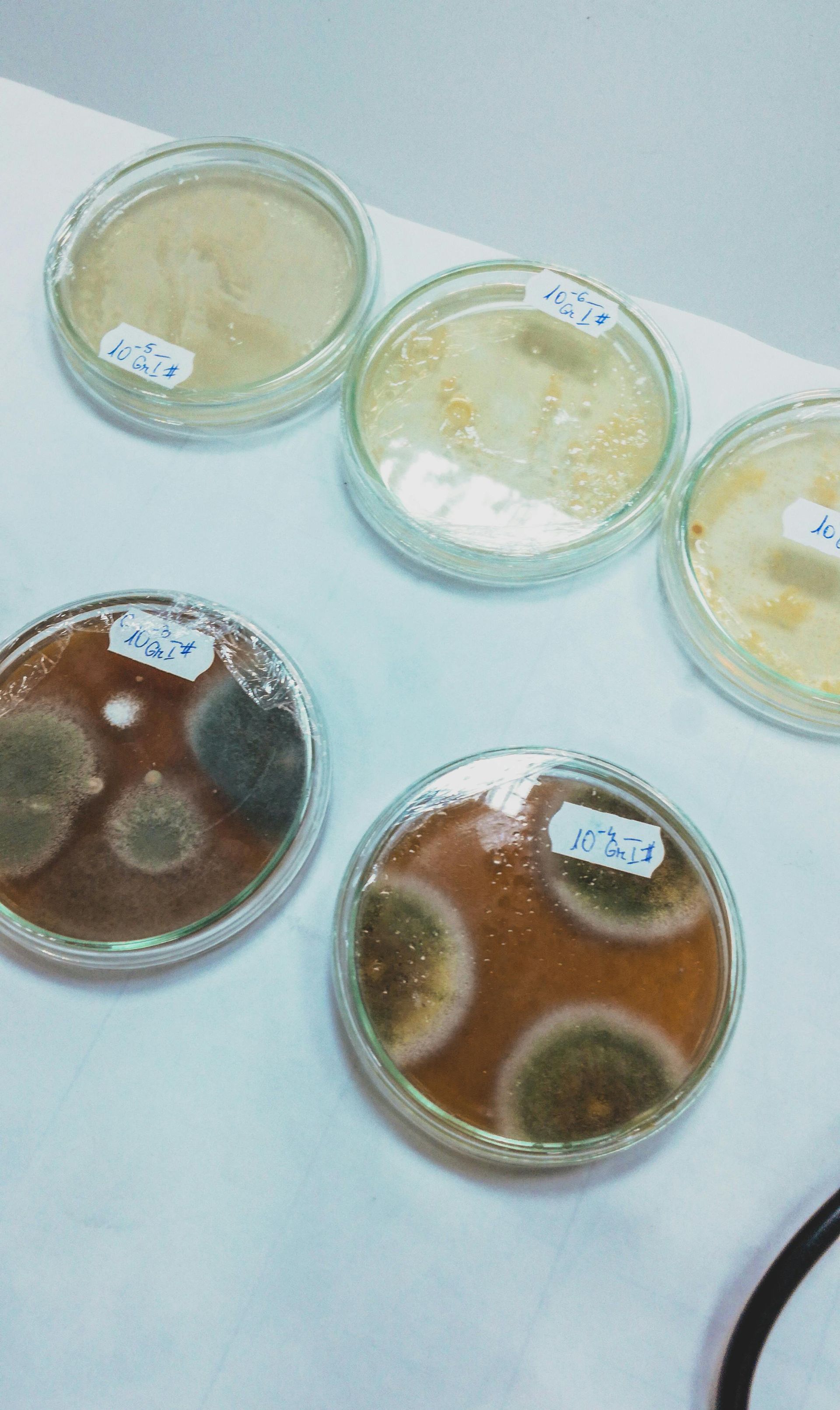
Mold testing plays a vital role in maintaining safe indoor air quality—especially in older homes with hidden moisture or ventilation issues. PowerBees recently conducted a comprehensive mold inspection and testing in a gambrel-style colonial home in North Andover, Massachusetts. Built in the 1990s, the home’s attic was found to have elevated levels of mold, specifically Penicillium, Aspergillus, and Cladosporium.
While the home may have looked fine on the surface, the attic told another story. Surface samples from the plywood roof sheathing revealed high concentrations of Cladosporium actively colonizing across the attic. These mold spores had migrated into the conditioned space below, impacting the bedrooms directly beneath the attic. In this case, two children were experiencing respiratory issues—one of whom has asthma, a condition that can be exacerbated by airborne mold.
How Mold Impacts Indoor Air Quality and Health
Mold can infiltrate the indoor air supply and trigger a wide range of health symptoms, especially in sensitive individuals like children, the elderly, and those with pre-existing respiratory conditions.
- Penicillium is a common indoor mold that can spread quickly in damp areas. It can lead to allergic reactions, sinus infections, and even chronic respiratory inflammation.
- Aspergillus can produce mycotoxins in some strains, and exposure may cause more severe respiratory issues, especially in asthmatic individuals.
- Cladosporium, found in the attic sheathing, is one of the most common molds found in indoor environments. It thrives on wet building materials like wood and insulation. When airborne, it can provoke asthma attacks and lead to eye, nose, and throat irritation.
The attic in this North Andover home had become a source of airborne contamination. As the HVAC system circulated air throughout the house, it likely distributed mold spores into the bedrooms, compounding the family's health concerns.
Why Mold Testing Matters—Even When You Can’t See It
Mold is not always visible. It often grows in hidden areas like behind walls, in crawl spaces, or—as in this case—in attic cavities. Professional mold testing, like the service provided by PowerBees, involves air sampling, surface swabs, and moisture detection. This process helps uncover what the eyes can’t see.
In many homes with attic mold, roof ventilation is a key factor. Poorly ventilated attics allow heat and humidity to build up, creating an ideal environment for mold growth. Over time, this can degrade insulation, damage wooden structures, and jeopardize the air quality throughout the entire home.
For this North Andover family, testing was a critical step in diagnosing the root of the respiratory symptoms experienced by the children. Once the mold presence and types were identified, the appropriate remediation steps could be taken to protect the family’s health.
North Andover: A Community That Balances History and Homeownership
North Andover, MA, has a population of more than 30,000 and is located in Essex County. Settled in 1646, North Andover was originally part of Andover before the two towns split in 1855. The area is known for its well-preserved colonial homes and tree-lined streets. Many homes in North Andover, including the one recently serviced by PowerBees, reflect traditional architectural styles, such as gambrel and colonial designs. These homes often feature attics and basements—areas that can be prone to mold due to moisture and limited airflow.
As homes age, regular indoor air quality evaluations become increasingly important. Mold testing ensures that structural beauty does not come at the expense of health.
The Role of PowerBees in Protecting Indoor Air Quality
PowerBees is a leading indoor air quality company specializing in mold testing, air duct cleaning, and remediation. With certifications from organizations like the National Air Duct Cleaners Association (NADCA) and the Institute of Inspection Cleaning and Restoration Certification (IICRC), PowerBees provides expert services for homeowners concerned about health, safety, and home integrity.
In this recent North Andover project, mold testing not only identified the types of mold present but also uncovered the extent of the contamination. That testing allowed the homeowners to make informed decisions and address the issue before it worsened.
Protecting Families—One Home at a Time
Mold testing is more than a diagnostic tool—it’s a proactive measure that protects families, especially in communities like North Andover where homes may have older ventilation systems or structural vulnerabilities. Children with respiratory sensitivities are particularly at risk when indoor mold goes unchecked.
In homes with attics, especially those with HVAC systems located near or inside these spaces, mold spores can easily be drawn into ducts and recirculated into living spaces. This is why PowerBees recommends periodic mold testing, particularly in spring when temperatures and humidity rise—conditions that allow mold to flourish.
For homeowners in North Andover and surrounding towns, taking action to test for mold can provide peace of mind and improve quality of life. Whether it’s Penicillium hiding in the insulation or Cladosporium thriving in attic wood, mold doesn’t always make itself known until health issues arise.




